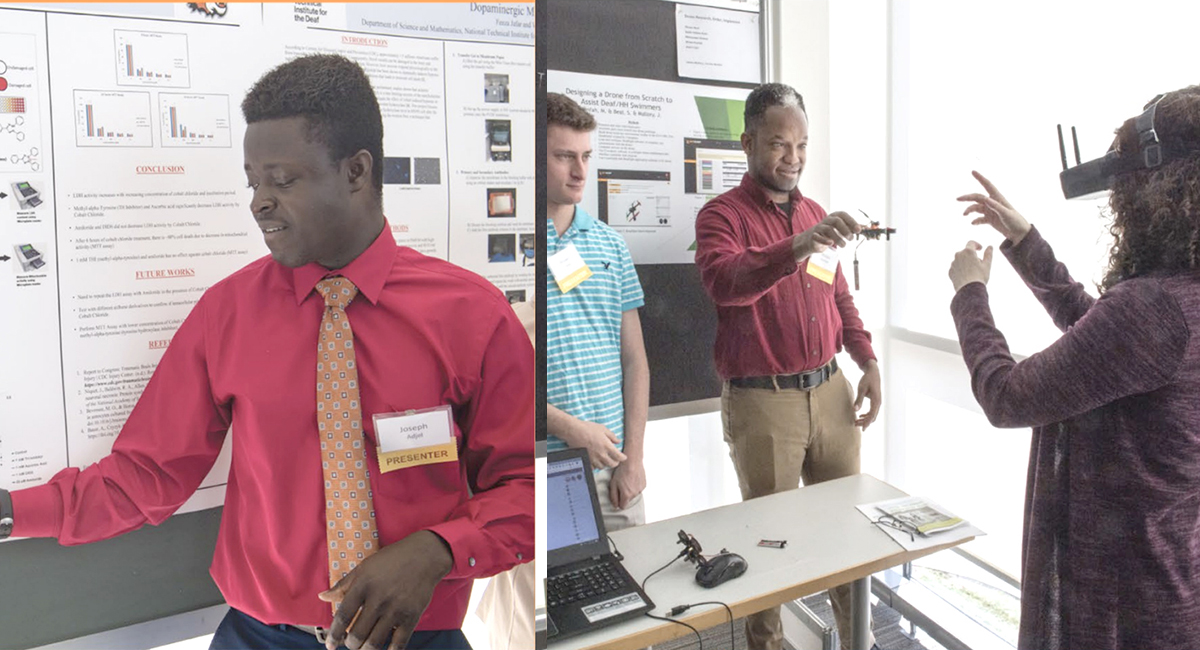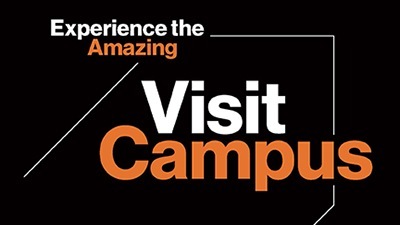NTID Student Research Fair 2025

NTID Student Research Fair
- RIT/
- NTID Student Research
Research Poster Printing Guidelines
NTID faculty and NTID-supported students doing faculty-guided research can have their research posters printed (at no charge) for presentations at professional and academic conferences/symposia. Additionally, we have poster carrying tubes that faculty and students can use when traveling to conferences/symposia. Please contact Dr. Todd Pagano if you would like to borrow a poster tube.
To help with costs, print time, and staffing logistics, please adhere to the following guidelines and printing policies:
- The poster content must be related to NTID-supported student/faculty research for presentation at professional conferences/symposia.
- Faculty advisors of student researchers must approve the posters for printing. Advisors should submit the final poster for printing on behalf of their student researchers.
- We will not be able to re-print posters, so please carefully proofread contents before sending the file for printing.
- Posters sizes can vary, but please limit posters to no larger than 42” x 48” (42” paper is the largest that we carry). Often, the poster size requirements for sessions at professional conferences are smaller than this (so, please print them smaller to fit your organization’s standards). If a poster is needed that is larger in one dimension than 48”, please contact us before creating your poster (but again, the other dimension can be no larger than 42”).
- Please avoid using solid color backgrounds or large solid images as backgrounds (this consumes ink very rapidly). However, the use of colored texts, images, graphs, tables, boxes, etc. is encouraged.
- To avoid transposition errors on different computers and printers, please submit the files in PDF format.
- Please plan ahead to allow at least five (5) business days for printing.
- Faculty-approved PDF files of posters should be sent to Jorge Samper (jbsedr@rit.edu) for printing.
- You will receive an email when your poster is ready for pickup. Posters may be picked up on Tuesdays, Wednesdays, or Thursdays from 8:30 a.m. to 3:00 p.m.
For more information, contact Dr. Todd Pagano: tepnts@rit.edu




